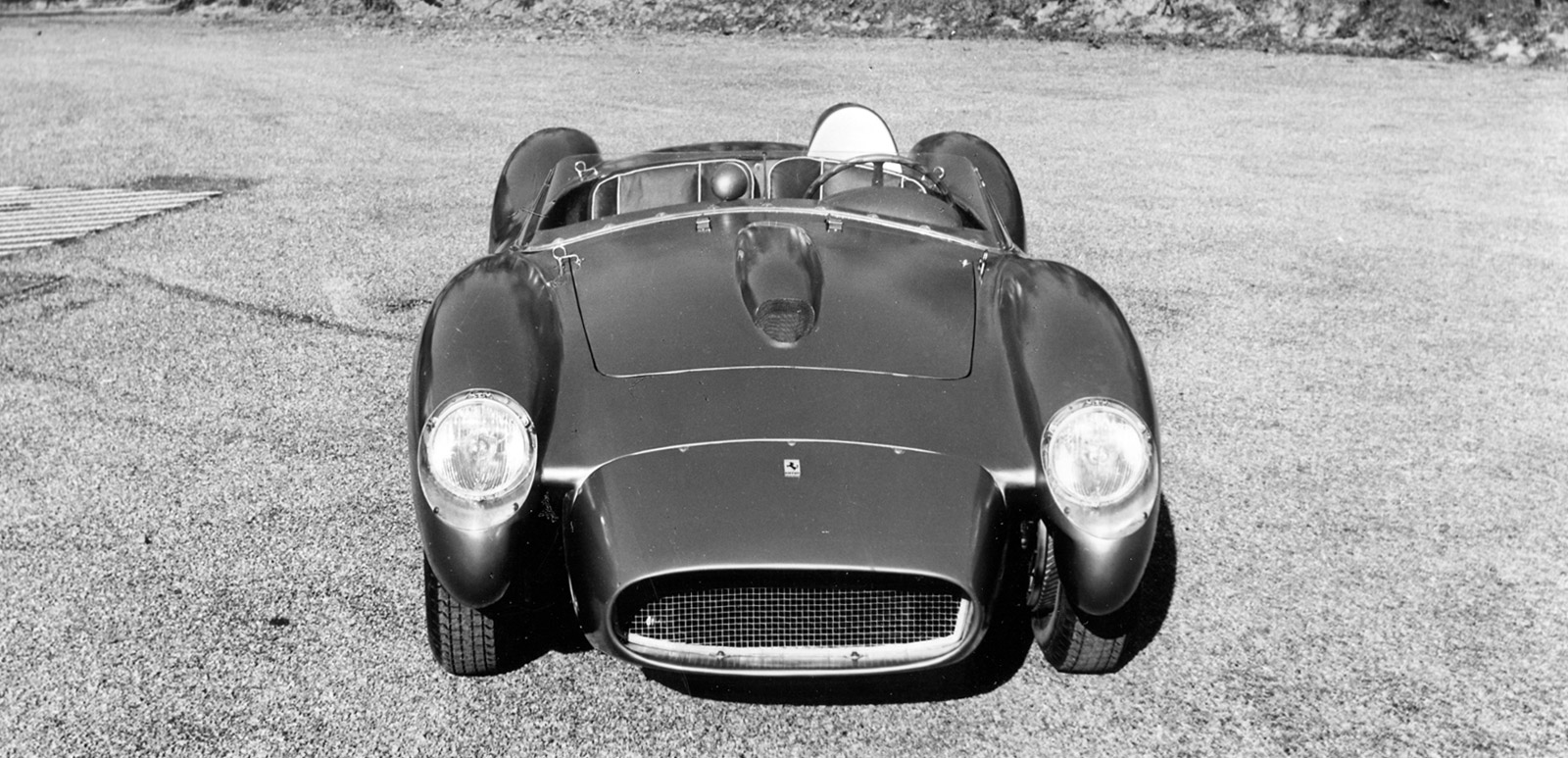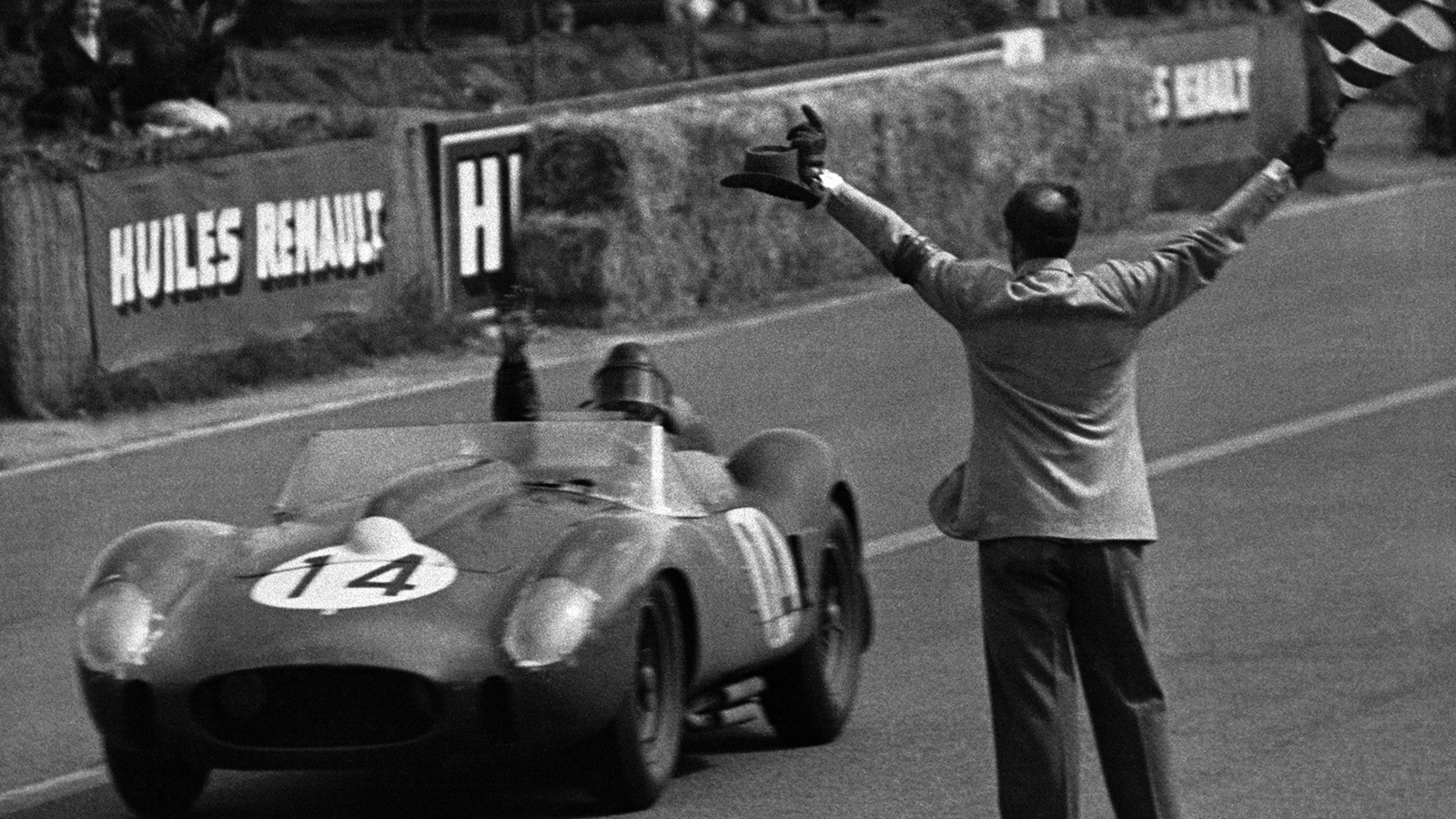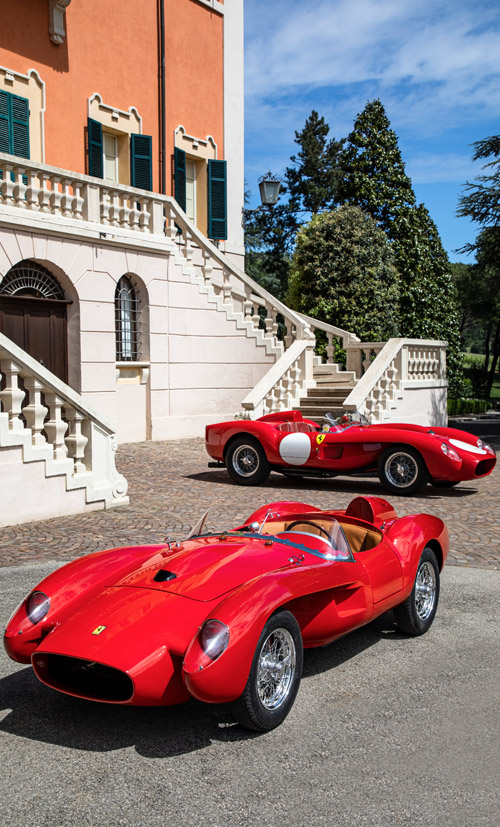Rewind to the 1950s and 1960s, the Ferrari 250 Testa Rossa was arguably one of the most famous cars of the era. Many attempted to beat this Ferrari on circuits around the world, in an attempt to take Ferrari’s spot on the podium.
Now, the racing legend lives on, with the launch of the Ferrari Testa Rossa J – designed to inspire a new generation.
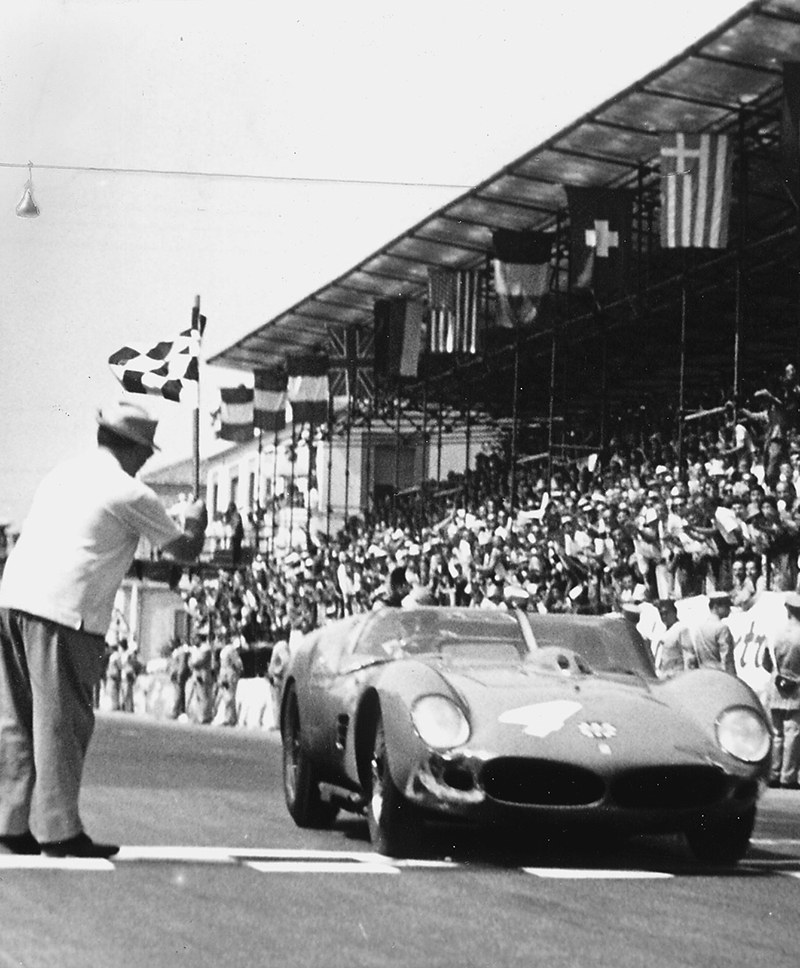
RACING SUCCESS
Over the course of its racing era, the original car accumulated a list of significant achievements, winning an outstanding 18 races.
1958: 1000 km of Buenos Aires, 12 hours of Sebring, 24 h of Le Mans
1959: 12 h of Sebring, Los Angeles Times Grand Prix
1960: 1000 km of Buenos Aires, 24 h of Le Mans
1961: 12 hours of Sebring, 24 h of Le Mans, Circuit of Rhodes, 4 hours of Pescara, Governor’s Trophy, Christmas Trophy
1962: 12 hours of Sebring, 24 hours of Le Mans, Bridgehampton 400, Race at Motorsport Park
1963: 3 hours of Auvergne
Unrivalled in its success, the Ferrari 250 Testa Rossa won three marque championships for Ferrari (’58, ’60, ‘ 61), and is the only Ferrari to have won the 24 Hours of Le Mans four times (’58, ’60, ’61 and ’62 – considering the 330 TRI / LM, the latest evolution of the 250 Testa Rossa).

Photo taken in the courtyard of the Ferrari Factory on launch date – 22 November, 1957
THE FIRST PROTOTYPE
The first prototype of the Ferrari 250 Testa Rossa – a car with an engine identical to the 250 GT that competed in the 1957 Mille Miglia, a 290 MM chassis and a body similar to the 500 TRC – is brought to the track for the first time at the 1000 km of the Nurburgring in May, 1957 with the number 7. On that occasion Masten Gregory and Olindo Morolli took the car to cross the finish line in tenth place. At this point, no one would have ever imagined that it would become one of the most glorious Ferraris in history.
The Ferrari 250 Testa Rossa was presented to the press on 22 November 1957 with the shapes sculpted by the Carrozzeria Scaglietti, creating the beautiful “pontoon fender” type barchetta body. This bodywork was later simplified in favour of a more homogeneous shape. The Ferrari Testa Rossa J takes the exquisite shape of the original “pontoon fender” version.
The car’s first success came in 1958, the year in which the regulation changed and required all cars in the sporting category to have 3-litre engines. However, Ferrari was ready. The Ferrari 250 Testa Rossa was already equipped with the latest evolution of the engine designed by Colombo: a sturdy 12-cylinder 2953 cc refined by Carlo Chiti. The engine was powered by 6 double-barrel Weber carburettors. With the need to house the intake trumpets, an accentuated protuberance on the bonnet was required. This detail, together with the front bonnet, is today recognised as key features which contribute to the cars personality.
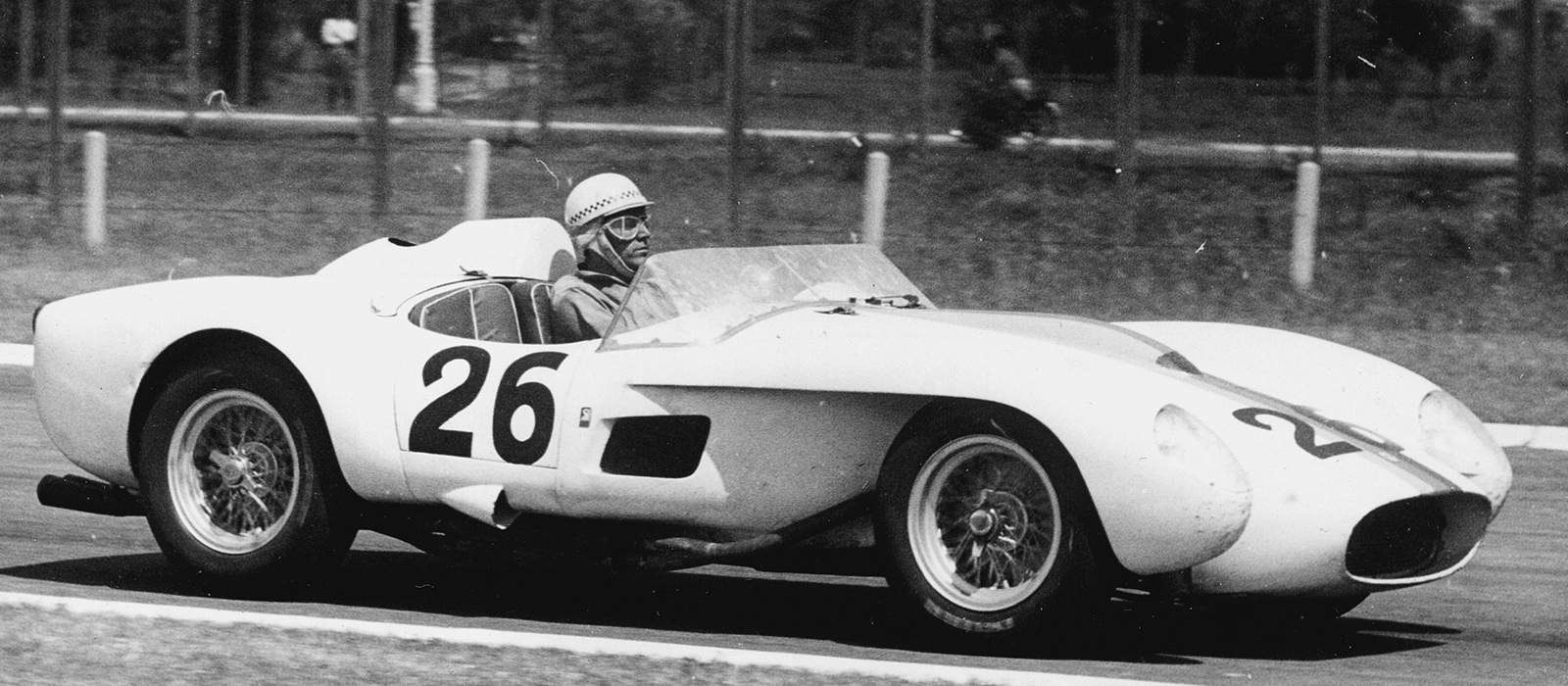
Testa Rossa 250 chassis number 0714 being driven by Drogo Piero – 26 Jan 1958
The Ferrari 250 Testa Rossa proceeds to conquer the 1000 km in Buenos Aires and the 12 Hours of Sebring with the driving duo Phil Hill and Peter Collins, always ahead of other Ferrari 250 Testa Rossas. The Targa Florio is won by the Musso-Gendebien couple and the 24h of Le Mans arrives in the hands of Gendebien himself, assisted by Phil Hill. This notable victory gave Ferrari the world title… with a race to spare.
Now, the Ferrari Testa Rossa J pays homage to these racing legends by offering a range of liveries to match the originals. After an extensive search, Ferrari Classiche has identified some of the most iconic racing liveries that have been applied over time to the Ferrari 250 Testa Rossa. Discover these liveries on the online configurator.
Below: photo taken in the courtyard of the Ferrari Factory on launch date – 22 November, 1957
